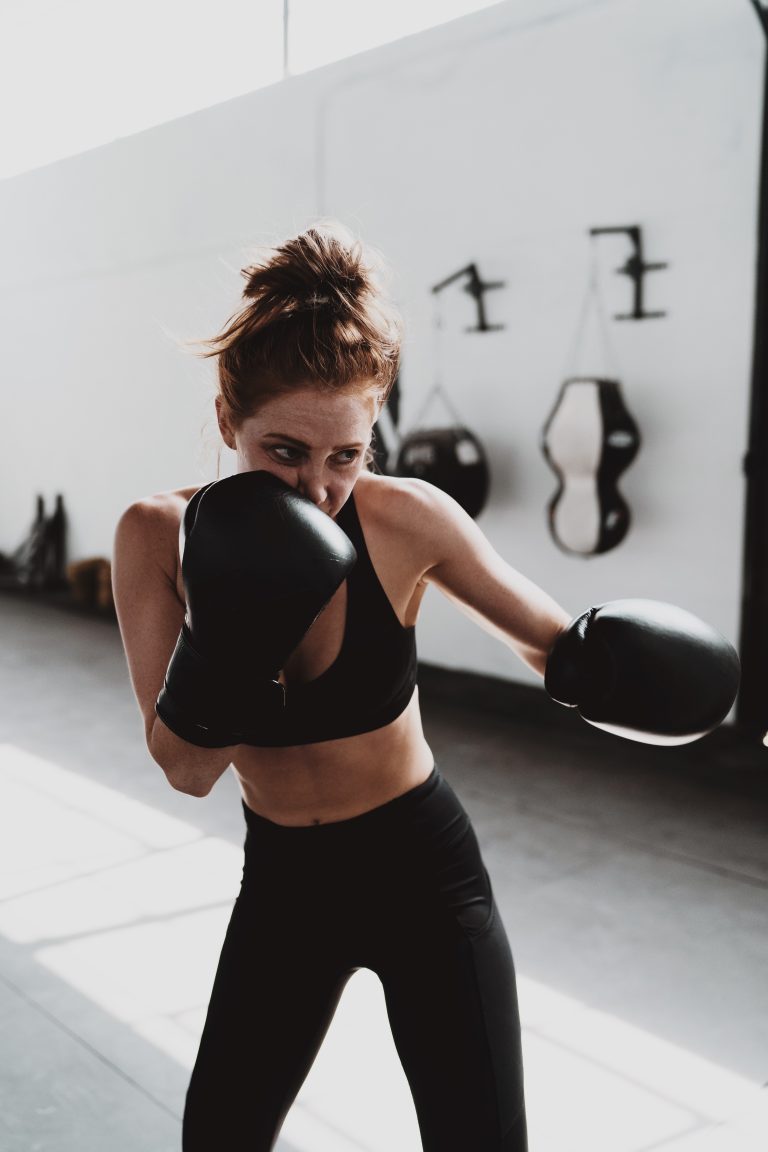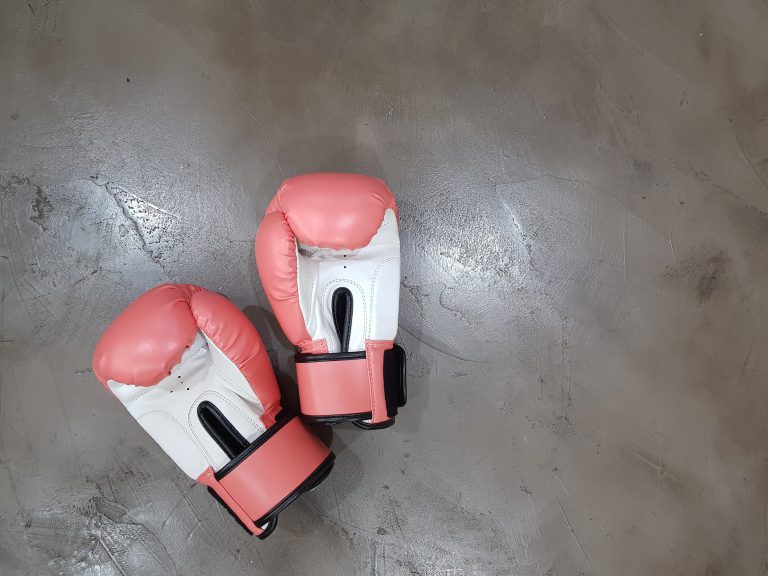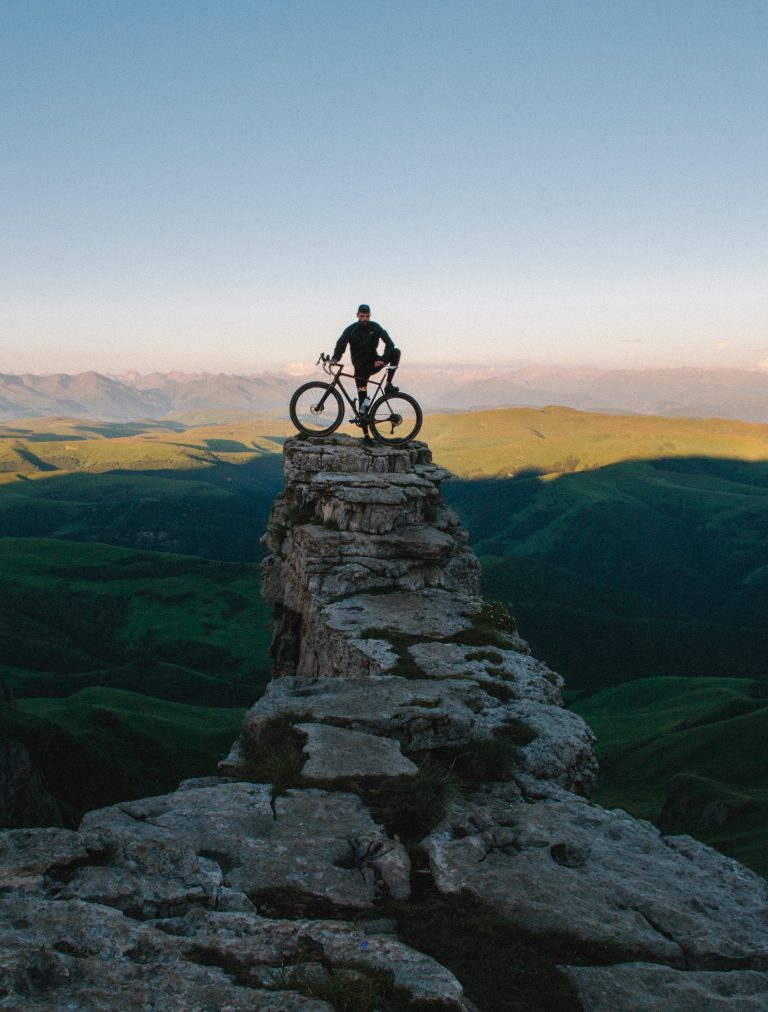Karate in English Called: History, Techniques, and Benefits
Karate is a Japanese martial art that has become popular worldwide. The word „karate“ is derived from the Japanese words „kara“ meaning „empty“ and „te“ meaning „hand,“ making karate „empty hand“ martial art. Although its origins can be traced back to Okinawa, Japan, today, it is a widely practiced and recognized martial art in English-speaking countries globally. It has its unique techniques, benefits, and cultural significance that have made it a household name among martial arts enthusiasts.
History of Karate
Karate’s history dates back to the Ryukyu Kingdom, which was situated on the island chain that stretches southwest from Japan to Taiwan, in the early 15th century. The Ryukyu Kingdom main island was Okinawa, where the art was practiced and passed down from one generation to another. The original name of karate was „Tode“ or „Te.“ It was primarily used as a self-defense tool against Chinese and Japanese pirates and bandits who were prevalent in the region.
During World War II, karate evolved with the arrival of Japanese soldiers who introduced the martial art to mainland Japan. Since then, with the help of significant karate masters like Gichin Funakoshi and Mas Oyama, it has become an international sport that people from all regions of the world practice.
Karate Techniques and Forms
Karate focuses on striking techniques such as punches, kicks, elbow strikes, and knee strikes. It also includes grappling techniques like joint locks, throws, and takedowns. One of the unique features of karate is the use of katas, which are prearranged forms that include a combination of techniques. These forms are used to develop muscle memory, improve technique, and practice transitions from one technique to another.
There are several different styles of karate, including Shotokan, Goju-Ryu, and Shito-Ryu. Each style has its forms, techniques, and training methods, but they all focus on the same principles of discipline, respect, and self-defense.
The Benefits of Practicing Karate
Practicing karate has numerous benefits for the body, mind, and soul. Here are just a few:
Physical Fitness
Karate is an excellent form of exercise that demands physical fitness. It improves overall endurance, speed, strength, flexibility, and agility. The continuous practice improves your cardiovascular and respiratory systems, helping you to lead a healthy lifestyle.
Mental Health
Practicing karate helps to relieve stress and anxiety by channeling negative energy into a physical activity. It also promotes focus, discipline, and patience, leading to improved cognitive function and focus in other aspects of life.
Spiritual and Emotional Benefits
Karate emphasizes developing self-respect, respect for others, and self-confidence. It encourages practitioners to set goals and work towards achieving them, which fosters a sense of accomplishment and boosts self-esteem.
The Most Frequently Asked Questions About Karate in English
Karate is a popular Japanese martial art which originated on the island of Okinawa during the 18th century. Karate practitioners use striking, kicking, and punching techniques to achieve physical and mental discipline. Although it was originally developed in Japan, it has now spread around the world with an estimated 100 million practitioners worldwide. However, the practice of karate in many countries has led to a variety of questions about its name, origin and practice. In this article, we will address the most frequently asked questions about karate.
1. What is Karate in English called?
Karate, in English, is called „empty hand“. This name comes from the fact that the martial art primarily uses the hands and feet as weapons, and practitioners do not use any weapons like swords or guns.
2. Where did karate originate?
Karate originated on the island of Okinawa, which is now a part of Japan. It was developed during the 18th century from traditional Okinawan martial arts and Chinese martial arts that were brought to Okinawa by Chinese traders and nobles.
3. What are the benefits of practicing karate?
Practicing karate has many physical and mental benefits. It helps to increase strength, flexibility, and cardiovascular fitness. It also improves coordination, balance, and reflexes. Mentally, it builds confidence, discipline, and focus. It can also help to reduce stress and anxiety.
4. What are the different styles of karate?
There are many different styles of karate, with some of the most popular styles being Shotokan, Goju-Ryu, Shito-Ryu, and Wado-Ryu. Each of these styles has its own unique techniques, training methods, and philosophies.
5. What is the difference between karate and taekwondo?
Karate and taekwondo are both martial arts that originated in Asia, but they have some distinct differences. Karate primarily uses the hands and feet for striking, whereas taekwondo focuses more heavily on kicking techniques. Additionally, taekwondo places a greater emphasis on competition and sparring than karate.
6. Is karate safe to practice?
Karate is generally safe to practice when proper precautions are taken, such as wearing appropriate safety gear and practicing under qualified instructors. However, as with any physical activity, there is always a risk of injury. Practitioners should always listen to their bodies, not push themselves too hard, and seek medical attention if necessary.
7. How long does it take to become proficient in karate?
The time it takes to become proficient in karate varies depending on the individual’s dedication, natural ability, and the amount of time they spend practicing. However, most practitioners can achieve a basic level of proficiency within a few months, but it generally takes several years of consistent practice to become an expert.
8. Can anyone practice karate?
Anyone can practice karate, regardless of their age, gender, or fitness level. However, it is important to consult with a doctor before starting any new physical activity, particularly if you have any pre-existing medical conditions.
9. Is there a difference between traditional and modern karate?
There is some difference between traditional and modern karate. Traditional karate emphasizes discipline, self-defense, and the attainment of inner peace, while modern karate has a greater emphasis on competition, physical fitness, and display of physical skills. However, all forms of karate focus on the development of the individual’s physical and mental capabilities.
10. How do I choose the right karate school?
When choosing a karate school, it is important to do your research and ask plenty of questions. Look for a school with qualified instructors, a structured curriculum, and an emphasis on safety. Observe a class or two to see if the teaching style and environment is a good fit for you. Consider your goals and expectations for karate, and whether the school’s program can help you achieve them.
In conclusion, Karate is a fascinating and rewarding martial art that can have a positive impact on your physical and mental well-being. It is important to do your research, find a qualified instructor, and practice safely in order to get the most out of this martial art.
Karate in English, Called: A Comprehensive Guide on the Basics of Karate
Introduction
Are you curious about karate and its basics? Do you want to learn how to perform some karate moves? Then, you came to the right place! Karate is a martial art technique that uses punches, kicks, and strikes with hands, elbows, knees, and feet. It is a form of self-defense that originated from Okinawa, Japan. Over the years, karate has become popular worldwide, and English has become the most commonly used language in teaching it. In this guide, you will learn the basics of karate, such as stances, punches, kicks, and strikes.
Step-by-Step Guide
Step 1: Understanding the basic stances
Before anything else, it is essential to learn the basic stances in karate. The stances are the foundation of all karate moves. Here are some of the most common stances:
- Hachiji-dachi (Natural stance)
- Zenkutsu-dachi (Forward stance)
- Kiba-dachi (Horse-riding stance)
- Kokutsu-dachi (Backward stance)
- Nekoashi-dachi (Cat stance)
Step 2: Mastering the basic punches
The next step is to learn the basic punches in karate. Here are some of the most common punches:
- Jab (Oi-zuki)
- Straight punch (Choku-zuki)
- Uppercut (Age-zuki)
- Hook punch (Kagi-zuki)
- Backfist (Uraken)
Step 3: Learning the basic kicks
Karate is also known for its powerful kicks. Here are some of the most common kicks:
- Front kick (Mae-geri)
- Side kick (Yoko-geri)
- Roundhouse kick (Mawashi-geri)
- Crescent kick (Mikazuki-geri)
- Axe kick (Kakato-geri)
Step 4: Practicing the basic strikes
Finally, you need to learn the basic strikes in karate. Here are some of the most common strikes:
- Knife-hand strike (Shuto-uchi)
- Forefist strike (Seiken-uchi)
- Elbow strike (Empi-uchi)
- Knee strike (Hiza-uchi)
- Heel strike (Kakato-uchi)
Conclusion
In this guide, you learned the basics of karate, including stances, punches, kicks, and strikes. Remember that karate is not only about learning how to fight but also about discipline, respect, and self-awareness. Therefore, it is essential to practice karate with a qualified instructor to ensure that you are performing the techniques correctly and safely. Keep in mind that karate requires dedication and patience, and with enough practice, you can master it.
Inhaltsverzeichnis






